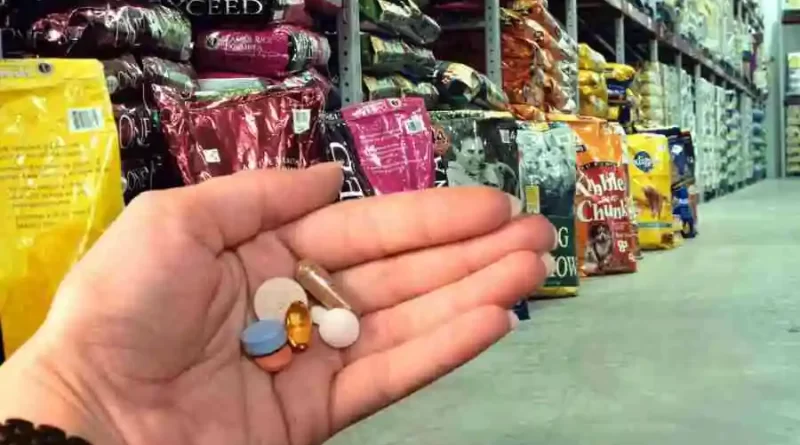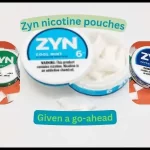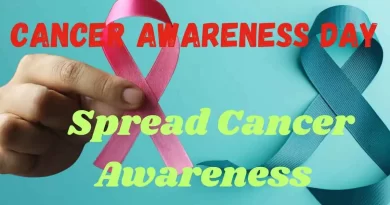FDA Proposes Front-Label Nutrition Information
FDA food nutrition info on packages to prompt shoppers to make healthier choices
Information about the kind of ingredients going into a food product will help consumers to make proper decisions regarding buying them. This is exactly what the FDA intends to do in the coming years while bringing in a proposal to label food products with nutrition information. This will also do away with the confusion over the claims made by the manufacturers which are, often, misleading.
According to Lindsey Smith Taillie, a nutrition epidemiologist at the University of North Carolina Gillings School of Global Public Health, fruit drinks, for example, may advertise high levels of vitamin C on the front of the bottle, making them seem like a healthy choice, but at the same time, they are loaded with added sugar.
FDA makes it mandatory for manufacturers to reveal every ingredient used
With the possibility of putting nutrition info, in a single glance, consumers will be able to determine whether to buy a certain food product or not. Manufacturers are required to display exact levels of saturated fat, sodium and added sugar apart from the standard nutrition labels on the back of a product. The effects will be seen by the shoppers as early as 2028.
Robust research shows front-of-package labels can provide consumers a quick and easy way to identify foods that can be part of a healthy diet so you can glance, grab, and go. https://t.co/Tm2LSX3GqJ pic.twitter.com/bvkDLHtNtV
— U.S. FDA (@US_FDA) January 14, 2025
FDA’s proposal of making information about saturated fat, sodium and added sugars mandatory, will also require quoting exact amounts like ‘low’, ‘medium’ or ‘high.’ The organization officials said that the necessity of labeling was supported by science as well. As per their statement, a research body, several consumer focus groups and an agency-led study on about 10,000 adults have noted down the responses of people to different combinations.
Rebecca Buckner, the FDA’s associate deputy director for human food policy, while talking to reporters said, “We believe that food should be a vehicle for wellness, not a contributor of chronic disease.” She also added that saturated fat, sodium and added sugar were chosen as the three nutrients because research shows they’re leading contributors to chronic diseases, including cancer, heart disease and diabetes.
Dr Yian Gu, a nutrition epidemiologist at the Columbia University Medical Center in New York City said, “These diseases are not coming from nowhere. If people are not aware of the science behind all of this nutrition, they will not pay attention to it.”
He further added that unless people are educated about their particular nutrition needs, the extra information won’t be able to do much. Citing the example of saturated fat, he again said that despite saturated fat being a nutrient per se, its effects on health can’t be observed due to the lack of awareness.
The Decision made for the benefit of the consumers for better choices
“I think people want to know this information to help them make good decisions,” said Dr. Gu.
There will be some time before the FDA proposals come into effect, requiring a minimum 120-day period. Before finalizing the new rule, the agency probably will add some more points. In the US, heart-related ailments are leading to a number of deaths, with one in five persons dying from them. It is followed by Type 2 diabetes with one in every 10 persons having it according to the Centers for Disease Control and Prevention.
The agency further clarified that a minimum of three years will be given to the large manufacturers, with smaller manufacturers getting an additional year. The implementation of the said changes will only come into effect after the finalization of the rule.
The CDC further said that 2 in 5 adults are having obesity. Facts like these are what prompted the FDA to put forth the labeling proposal for the food products, given the high incidences of Type 2 diabetes and heart disease in the US. Since these chronic diseases are diet-related, it necessitated the FDA program for labeling the products.
Reformulation of the products after adding the new food labels, will prompt the manufacturers to move from ‘low’ to ‘medium’ categories, according to Buckner. But the same is opposed by the Consumer Brands Association saying the agency’s policies making provision for arbitrary scales and symbols, might cause confusion amongst the consumers.
Hinting at prompting the FDA to do away with their scheme, Senior vice president of product policy at the Consumer Brands Association, Sarah Gallo, explained that their association was already trying to make the former collaborate on industry-led initiatives. That also includes a voluntary summarization by the food manufacturers allowed by the facts Up Front, about important nutrition information like calories, saturated fat, sodium and added sugars on the front of packaging.
According to Gallo, QR codes have already been introduced by the industry, making consumers access detailed nutritional information via SmartLabel.
However, its success rate is too early to predict
However, there are doubts regarding consumer buying behavior, especially in countries like the US, where ‘individualism’ is the preferred norm, according to Colleen Tewksbury, an assistant professor of nutrition science at the University of Pennsylvania. In that case, the consumers there won’t like to be dictated by ‘what to do and what not.’
This is in complete contrast with countries including the United Kingdom, Mexico, Chile, Australia and New Zealand, apart from Brazil, where similar measures have been implemented already. As per Tewksbury, while the labels do influence the buying behavior of the people there, the changed nutrition information isn’t something new for these countries.
Chile introduced the labels in 2016. Likewise, Brazil also implemented mandatory information on the front packaging, about the potentially harmful ingredients in 2022. According to Tewksbury again, merely changing the font-of-the-package label isn’t going to be a precursor for changed consumer behavior, despite it catching their attention initially.
The purchasing habits, as per her statement are affected only by an already residing will of accepting changes, especially when it comes to buying the food products. According to Smith Taillie, of the University of North Carolina, adding the information might not help much, which is already given at the back of the packaging. Introducing that on the front packaging is going to confuse the consumers which includes daily value percentages and a low-to-high ranking system.








